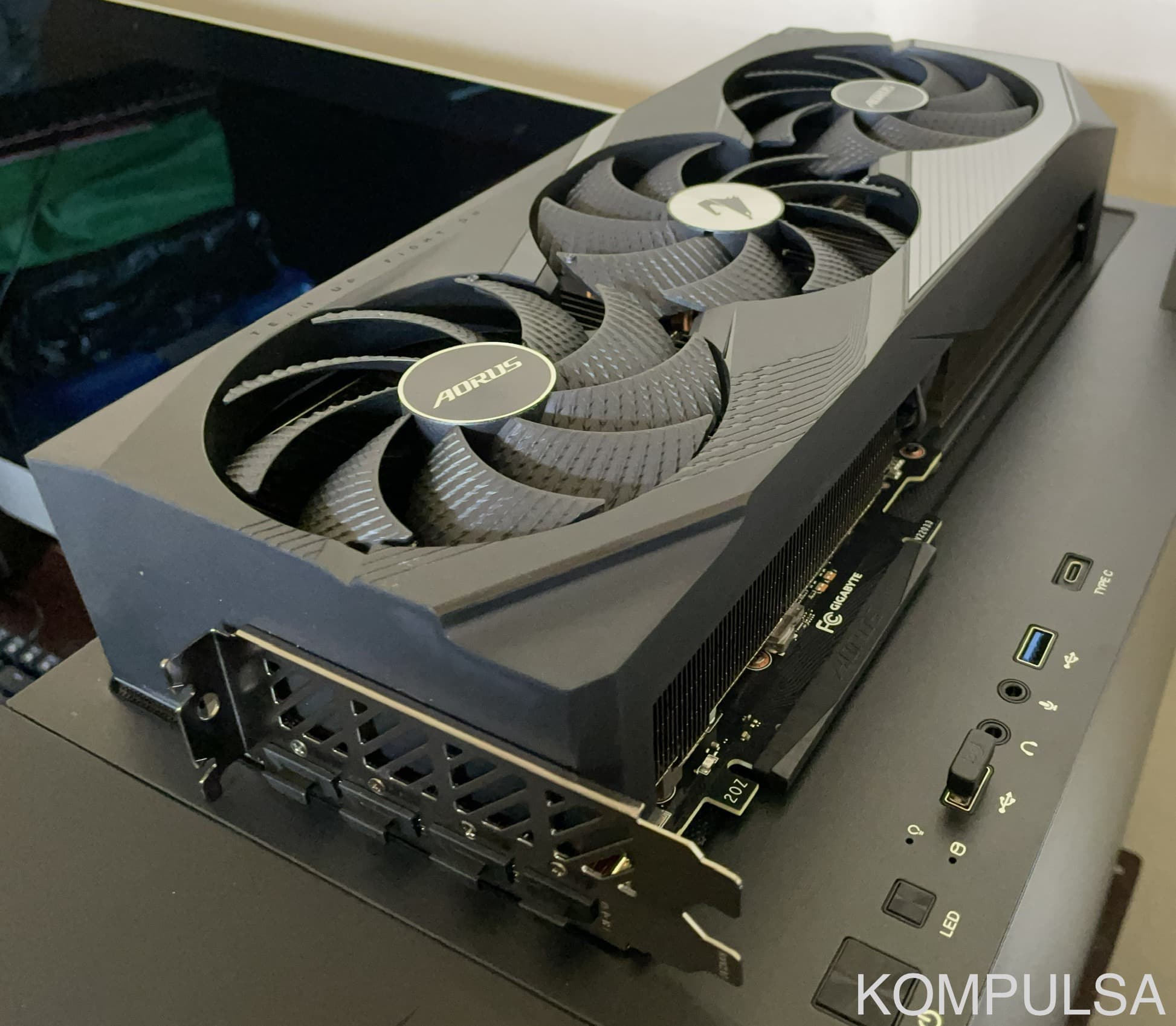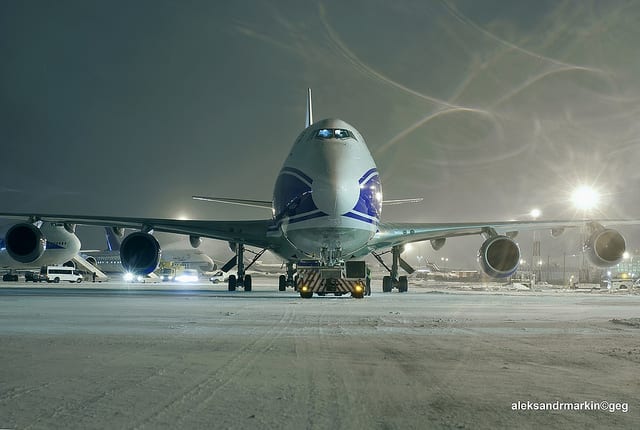AT&T has decided that they will no longer enter the in-flight Wi-Fi industry. Before this decision, they partnered with Honeywell International Inc to provide Internet access via Wi-Fi using their 4G LTE technology.

Image obtained with thanks from Aleksander Markin on Flickr.
“After a thorough review of our investment portfolio, the company decided to no longer pursue entry into the inflight connectivity industry,” AT&T spokesman Fletcher Cook said in a statement. “We are focusing our capital on transformative investments, such as international and video.”
According to Mashable, Gogo’s stock went up by 11% right after AT&T’s announcement. Gogo provides in-flight WI-Fi services, so AT&T’s withdrawal suits them.
Why In-Flight Wi-Fi Matters
In-flight Wi-Fi is just a convenience to consumers. However, airlines that offer it have a very attractive advantage over those that don’t. After all, what customers see as a convenient service is a potential cash cow to airlines. In this case, it is helpful to them whether or not they charge.
Why? Flights last hours, and this means that fliers will certainly want to access the Internet on their phones, tablets, and laptops. This has become even more important than ever because people are now accustomed to having Internet access most of the time. In-flight Wi-Fi may help airlines attract customers.
If it isn’t already, demand for in-flight Internet access is going to become very strong. An idea for telecommunications company is to offer calling and texting via Wi-Fi on planes so that people can talk to their friends and family. If an airline provided that, I would gladly choose them over the others.
Apart from that, AT&T may be one of the largest phone service providers in the U.S. (and the second largest mobile phone carrier in the U.S.), but that doesn’t mean the in-flight Wi-Fi/connectivity industry is for them.
For now, Gogo will remain dominant.
Source: Mashable.







